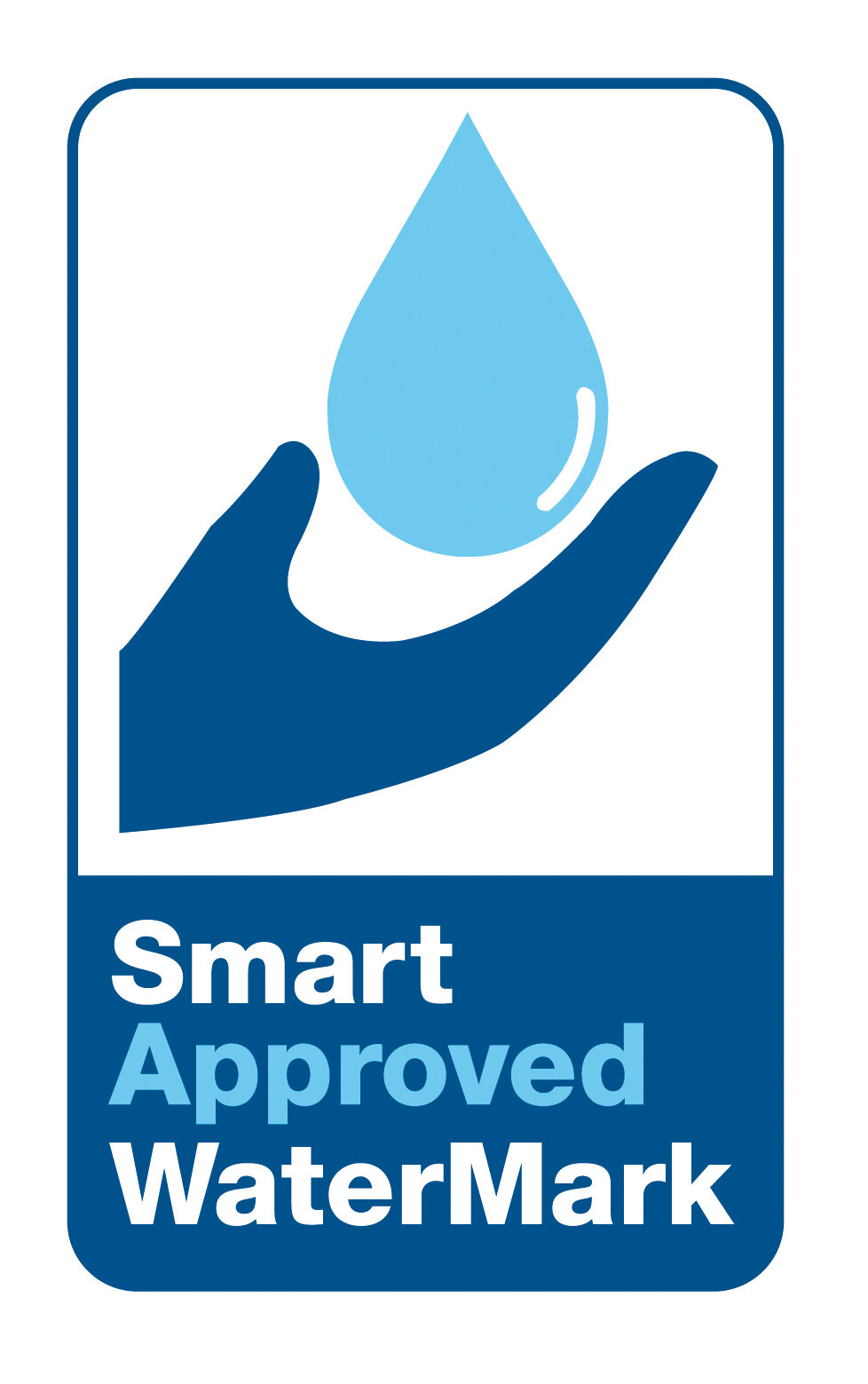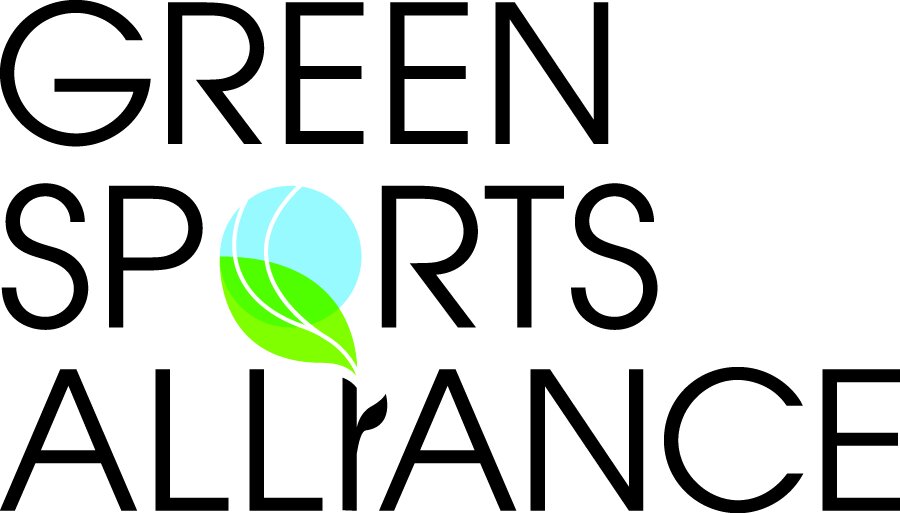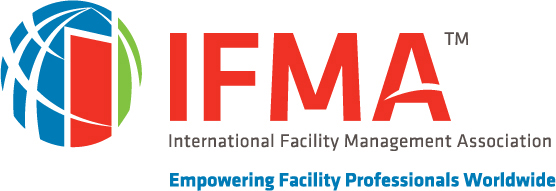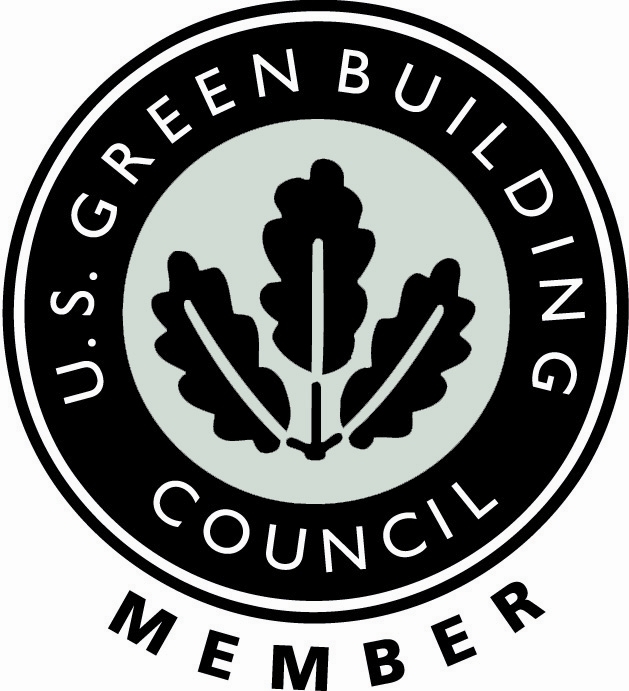This video dicusses aridification and its impact on our food supplies.
Aridification is the process of a region becoming increasingly arid, or dry. It refers to long term change, rather than seasonal variation.
This is happening in parts of the U.S. now.
#aridification #waterefficiency #waterconservation #watershortage #food #video
VIDEO: Drought and THE Increasing Aridification in the Southwest
In the face of long-term drought, Southwestern communities and economies are facing new and emerging challenges in ensuring adequate water supply to meet their needs.
This video, presented at the 2021 Southwest Drought Forum, includes interviews with people whose livelihoods are impacted by the drought.
Further, the video discusses how rising temperatures are bringing aridification and a “new normal” to the region. Credits: This video was produced by NOAA/NIDIS and S&D Marketing | Advertising (sd-advertising.com), with footage provided by Sonya Doctorian.
A Famous Researcher Discusses Waterless Urinals
Dr. Anuja Kenekar is the manager of a leading biotech research company in India. In January 2022, she wrote a blog entitled “A Guide to Installing and Maintaining Waterless Urinals.”
As one of the pioneers in water efficiency marketing waterless urinal technology, we would like to review some points she makes about waterless urinals and note the ones we disagree with.
The doctor starts her blog by pointing out that waterless urinals have a long history. “Although they’ve been around for several decades, only recently are they being installed to end concerns of water scarcity and waterborne diseases that are common in traditional toilets.”
This suggests that the pandemic fostered more interest in waterless urinals. This is likely true. We have known from the first studies about COVID-19 that it is found in urine, which could be a way to pass the disease on to others.
Some of the other items she discusses in her blog are the following:
How do they work?
Urine seeps into the trap or cylinder installed at the urinal base. The trap and the sealant liquid help prevent odors from being released into the restroom.
What are the benefits of waterless urinals?
According to Dr. Kenekar, the key benefit of waterless urinals is that they do not require water. In many countries around the world, including her own, this is most important.
She also points out that they “hardly require maintenance. The urinal does not overflow or clog,” as can happen with a traditional urinal.
They are eco-friendly because they require no water for use and little water to clean and maintain.
Helping India
“Waterless urinals will help 80 percent of the population of India that struggles for water and help in the sanitary issues faced by schools, public areas, corporate offices, and government facilities.”
She also believes that waterless urinals will help revolutionize India’s public toilet system, primarily because waterless urinals are durable, problem-free, and are perfect “for a nation with limited access to toilets and water.”
The Negative Issues
However, the good doctor does point out what she believes are negative issues about waterless urinals that we would like to address. For instance, she says the following:
They are unacceptable in today’s society and are highly unlikely to be accepted in India.
Just the opposite is true. India is becoming one of the largest markets for no-water urinals. In most countries around the world, they quickly become accepted by users as well as building owners and managers.
They are expensive to install and repair.
Waterless urinals are invariably less costly than traditional water-using urinals because they have no flush valves and fewer plumbing requirements.
Nothing on a waterless urinal needs to be repaired with normal use. She actually contradicts herself because earlier (in her blog) she points out that waterless urinals require extraordinarily little maintenance.
There is insufficient knowledge about cleaning the urinal.
This is partially true. Especially years ago, custodial workers did not know how to clean waterless urinals. Sometimes, they used cleaning solutions that harmed the trap cylinder and the sealant at the urinal base.
Not knowing how to clean them properly, using the wrong types of cleaning solutions, or simply refilling the sealing liquid and nothing more is why some users complained they generated odors. However, over the years, the waterless urinal industry has taught cleaning workers and others the correct way to clean these urinals.
While she lists these grievances, Dr. Kenekar ends her blog on a positive note. “Installing and maintaining waterless urinals is quite simple. You need the right products and proper training. Treat your urinal well and experience an odor-free environment.” Hear, hear!
Waterless Co., Inc: Pioneers in Advancing Water Efficiency
Klaus Reichardt is CEO and founder of Waterless Co, Inc, Vista, Calif. Reichardt founded the company in 1991 with the goal of establishing a new market segment in the plumbing fixture industry with water efficiency in mind. Reichardt is a frequent writer and presenter, discussing water conservation issues. He can be reached at klaus@waterless.com
Desalination: The Good, the Troublesome, and the Future
Image Source: KQED Television
Recently, an article revealed that Israel has 20 percent more water than it needs — quite an accomplishment. Israel is a desert country, just like all the other Middle Eastern countries. And in some ways, when it comes to water, it is geographically worse off than its neighbors.
Egypt, for instance, has the Nile, which has quenched the thirst of Egyptians for centuries. Iranians depend on Lake Urmia, the largest lake in the Middle East, for much of their water.
Israel, on the other hand, has some streams but no major rivers. They have some lakes, such as the Dead Sea, but unlike Lake Urmia in Iran, the Dead Sea is a salt lake. The water is not potable.
Mentioning the salty Dead Sea is a good segue into what we want to discuss. Because it has no water, and what it does have is not potable, Israel has developed some of the most advanced technologies in the world to turn salt water into potable water — water that is safe to consume for humans and other living things.
Desalination is just one of the reasons Israel has 20 percent more water than it needs. Desalination plants are now being considered and constructed throughout the U.S. In California, they are virtually betting their future on desalination.
When discussing this technology, here are some issues we need to be aware of:
Desalination is the process of removing salt and other minerals from water.
It has been used as far back as the 1500s.
The first significant desalination plant was not built in Israel but in Saudi Arabia in 1938.
· In the 1960s, then-President Kennedy started a small desalination program in the U.S. It was later dismantled in the 1980s.
Several desalination technologies exist, such as solar distillation, natural evaporation systems, reverse osmosis, thermal, and others. Each method has its pros and cons.
There are now more than 16,000 desalination plants in operation around the globe. Some are small, called micro desalination plants. Others are huge, with the largest in the United Arab Emirates, Saudi Arabia, and Israel.
These 16,000 plants generate an estimated 780 million gallons of water per day — enough water to serve millions of people.
As more desalination plants are constructed in this country and around the world, it’s clear that billions of gallons of water will soon be generated by these systems.
However, there is a downside. For example:
· Desalinating plants are very energy demanding.
At this time, most are operated using conventional energy sources such as electricity derived from petroleum and natural gas.
These plants are very costly to construct and operate. The charges to run them are also high, which can make water costs prohibitive in some cases.
Desalination plants are often constructed in remote areas, which means miles of power lines may need to be built to run them.
· The effluent brine can be harmful to water ways and the sea environment
The construction of some plants, especially here in the U.S., is being opposed by some environmentalists precisely because they are being developed in remote and sometimes environmentally sensitive areas of the country.
While lower-cost renewable energy sources such as solar, wind, and geothermal are being used to power desalination plants, using these renewable resources increases total construction costs.
Even with these issues, the reality is that with a growing U.S. population and climate change leaving many parts of the country drier than ever before, desalination plants may prove to be lifesavers, just as they are in Israel and other parts of the Middle East. Further, there are signs that some of the construction costs are coming down.
However, in the meantime, we have one more way to reduce water consumption that has also proven its value. Water efficiency — reducing water consumption long term — is already saving billions of gallons of water per year worldwide. That’s where waterless urinals come in. View waterless urinals as pioneers. They have helped lead the way for building owners, managers, and now, consumers, to use water wisely and certainly more efficiently.
Waterless Co., Inc: Pioneers in Advancing Water Efficiency
Klaus Reichardt is CEO and founder of Waterless Co, Inc, Vista, Calif. Reichardt founded the company in 1991 with the goal of establishing a new market segment in the plumbing fixture industry with water efficiency in mind. Reichardt is a frequent writer and presenter, discussing water conservation issues. He can be reached at klaus@waterless.com.
Pioneers in Advancing Water Efficiency
When It Comes to Water, If You are Not at the Table, You Are on the Menu
NEWS: Press Release
States around the country are in court, at war over water. This is because 2022 is becoming another dry year around the country.
Among the biggest of these water wars are the following:
Florida, Georgia, and Alabama
Florida and Alabama say Georgia is taking too much of their shared but limited water reserves. Recently a court challenge ruled in Georgia's favor. However, Florida and Alabama are seeking new legal remedies to address their needs.
Nebraska and Colorado
This battle over water not only involves the two states but farmers and environmentalists have all lawyered up as well. Super dry Nebraska wants to build a canal in Colorado to tap the Colorado River. Colorado wants to build a similar channel to serve fast-growing but thirsty Denver. The courts will have to work this one out.
California and Environmentalists
A secret agreement just unveiled calls for farmers to give up billions of gallons of water to restore the state's fish habitats. The deal would pay farmers not to grow crops.
But Doug Obegi, with the Natural Resources Defense Council, says the plan is "illegitimate and exclusionary, and it's.… bad for fish and wildlife." He complains his organization was not allowed to participate in the discussions, saying it's an example of "if you are not at the table, you are on the menu."
Utah
Fast-growing but dry Utah wants to re-direct aquifer water from low population areas of the state to larger cities. The small towns are calling it a "water grab" that will limit drinking water for citizens and divert millions of gallons of water from farmers. Court fights are lining up, which could take years to settle.
"What we are witnessing is two things," says Klaus Reichardt, CEO, and Founder of Waterless Co., Inc, makers of waterless urinals and considered a water efficiency expert.
"Yes, droughts are behind the squabbling. But we still are not using water efficiently. Using water efficiently reduces consumption and helps ensure there is enough water to go around."
Waterless Co., Inc. "Pioneers in Advancing Water Efficiency"
About Waterless
Waterless Co. Inc. is now viewed as an icon in the no-water urinal industry. Based in Vista, Ca, the more than 30-year-old company is the oldest manufacturer of waterless urinals and related products in North America. Along with waterless urinals, the company offers a full line of cleaning solutions and sealants and trap/cylinders, all designed for Waterless and other brands of no-water urinals. Visit: www.waterless.com
Waterless Co. Inc.
1050 Joshua Way
Vista, CA 92081 USA
800.244.6364
Earth Day is April 22, 2022. Time To Think About Water
California is having its driest year ever. In West Texas, no one alive has seen this little rain. Drought extends from the Pacific coast as far east as Mississippi, Wisconsin, and Illinois.
Drought is raising food prices, which are already stratospheric. Wheat prices, worsened by a shortage due to Russia’s war in Ukraine, have spiked.
Soybeans are the highest in ten years. Avocados haven’t been this expensive since the 1990s. Corn prices are flirting with an all-time record. America’s drought will push them and others higher.
The U.S. Drought Monitor shows that the West’s current multiyear drought is “the most extensive and intense” in the 22-year history of the database.
“Right now, I can’t give anyone any good news,” said Rich Tinker, meteorologist, with the National Weather Service and the National Oceanic and Atmospheric Administration.
Access to water has become an issue in whether farmers are eligible for loans, according to Curt Covington, senior director of institutional credit and commodities expert at AgAmerica, one of the largest non-bank agricultural lenders in the U.S. No water…no loan.
A study from the University of California at Merced found that last year the drought cost the California agriculture industry more than $1.1 billion and 14,000 jobs.
Some California communities, particularly lower-income and neighborhoods of color, are without clean water. An estimated 12,000 residents of the state’s Central Valley ran dry during the drought of 2012–16. Thousands ran out of water last year.
There are no solutions right now, but we do have options. We have to use water more efficiently and that includes finding ways to use no water at all.
www.waterless.com
Source: Forbes Magazine, April 21, 2022
#water #agriculture #drought #waterefficiency
With Earth Day Coming Up, Its Time to Test Your Water Knowledge.
True or False. It is not worth it to try and collect the water that falls on your home during a rainstorm.
False.
If a house sits on a half-acre lot and one inch of rain falls on that lot, if collected, this would be more than 13,500 gallons of water, enough to take 339 baths.
True or False. Hawaii is the wettest state in the U.S.
True
In parts of Hawaii, it rains more than three hundred days per year, dropping twenty feet of water.
True or False. Arizona is the driest state in the country.
False
The driest state in the U.S. is Nevada. It’s followed by Arizona, Utah, New Mexico, and Wyoming. This can vary a bit each year. However, these are the five states considered the driest in the country.
True or False. Most of the drinking water in the U.S. comes from Lake Mead, outside of Las Vegas.
True
Lake Mead provides water for Las Vegas and Arizona, California, and parts of Mexico. The big concern about Lake Mead is that it has been drying up for more than a decade. That’s why there is a rush to find ways to access water from the Colorado River, which has less water than it did a century ago, primarily due to climate change.
True or False. Water efficiency and water conservation are the same things.
False
Water conservation is short-lived. People and organizations conserve water during a drought, for instance, but return to their previous water using habits after the drought has passed.
Water efficiency is a long-term reduction in water consumption. For instance, installing restroom fixtures that use less water than older models or waterless urinals that use no water at all.
True or False. About one-third of the U.S. is now experiencing some level of drought.
False.
Half the country is experiencing drought conditions, which are expected to worsen this summer.
True or False. Most of the water used in a facility is used to irrigate vegetation.
True-ish
This has historically been true. But as more facilities replace water- dependent vegetation with natural vegetation that typically uses less water, restrooms are becoming the area where most water is consumed. This is primarily due to flushing toilets and conventional urinals.
www.waterless.com
#water #climatechange #conservation #waterefficiency
For Earth Day 2022: Remember the Connection Between Water and Energy
Waterless® Co., Inc.Press Release
For Earth Day 2022: Remember the Connection Between Water and Energy
For Earth Day 2022, Waterless Co., Inc., would like to remind building owners, managers, and facility service providers that there is a close interconnection between water usage and energy conservation.
According to Klaus Reichardt, founder and CEO of Waterless, drilling for water, storing water, and delivering water to and from facilities uses a considerable amount of energy.
“This means if we can conserve water and use it more efficiently, we can also save energy,” explains Reichardt.
For example, 20 percent of all the energy currently used in California is used just to transport water.
Taking this a step further, some experts now believe most of the energy consumed in the Western half of the United States is in some way related to water production or delivery.
“In many ways, all of our conservation and sustainability efforts are interconnected in some way,” says Reichardt. “But with water, the connection with energy--and, with that, the need for imported oil--is rather dramatic.”
This is something we should all be thinking about today, especially because of the war in Ukraine.
Reichardt adds that this is true not only in the U.S. but all over the world, especially in underdeveloped countries where serious water shortages are becoming an everyday occurrence.
“[In] many areas of the world, water is accessible but the power, fuel, and energy necessary to drill and deliver it are not,” he says. “This is why for millions of women in underdeveloped countries, their number one job each day is to walk several miles just to find water and bring it [back] home to their families.”
Reichardt suggests that as Earth Day approaches, North Americans should try to view turning on a water tap as they would turning on a light switch: “Do it… but do it wisely.”
-end-
Available for Presentations on Water Conservation and Efficiency:
Klaus Reichardt is founder and CEO of Waterless®, Co., Inc., manufacturer of No-Flush Urinals, Vista, Calif. Reichardt founded the company in 1991 with the goal to establish a new market segment in the plumbing fixture industry with water conservation in mind. Reichardt is a frequent writer and presenter, discussing water conservation issues. He can be reached at klaus@waterless.com.
About Waterless Co., Inc.
Waterless® Co. Inc. has established a reputation as an innovative manufacturer, serving the building, plumbing, and janitorial industry for over 20 years. Based in Vista, Ca, Waterless Co. offers quality, innovation and expertise in water conservation and high efficiency products for building owners with a full line of Waterless No-Flush urinals, cleaning liquids, and cost saving accessories. Visit: www.waterless.com
Waterless Co.
1050 Joshua Way
Vista, CA 92081 USA
800.244.6364
Waterless Announces New Tagline: “Pioneers in Advancing Water Efficiency”
FOR IMMEDIATE RELEASE
Press Release
Waterless Announces New Tagline
Goal: to remember the past but focus on the future
Waterless Co., Inc., long known as an “icon” in the no-water urinal industry, introduces a new tagline, “Pioneers in Advancing Water Efficiency.”
According to Klaus Reichardt, CEO and Founder of the company, the new tagline reflects where the company has been, its expertise in the no-water urinal industry, its knowledge of water efficiency, and the future.
Waterless Co., Inc, is the oldest manufacturer of no-water urinals in North America. Based in Southern California, the company first began marketing waterless urinals in 1991.
“At the time, no other manufacturers were making no-water urinals in North America,” says Reichardt. “Rarely did you hear anyone use the term ‘water efficiency.’ We truly were pioneers back then in every sense of the word.”
Today, with the chronic and ongoing drought conditions in California and throughout the Southwest, Reichardt believes the new tagline will better position the company for further growth.
“There are several new players in the no-water urinal industry,” he says.
“However, building owners and managers should work with long-term suppliers and brands. Because we are pioneers and our fixtures have been installed in buildings for more than 31 years, we have earned their trust and confidence."
Reichardt also points out that recent market research studies predict significant growth in the waterless urinal industry over the next several years.
“We want this new tagline to help us take advantage of this growth. I am extremely optimistic that working together, our country can address its water challenges – and it will be easier than we think today.”
###
About Waterless Co. Inc.
Waterless Co. Inc. has established a well-respected reputation as being an innovative manufacturer of no-water urinal systems. Based in Vista, Ca, the 31- year-old company is the oldest manufacturer of waterless urinals in North America. The company offers a full line of Waterless No-Flush urinals, cleaning liquids, and cost saving accessories. Visit: www.waterless.com
Waterless Co. Inc.
1050 Joshua Way
Vista, CA 92081 USA
800.244.6364


















